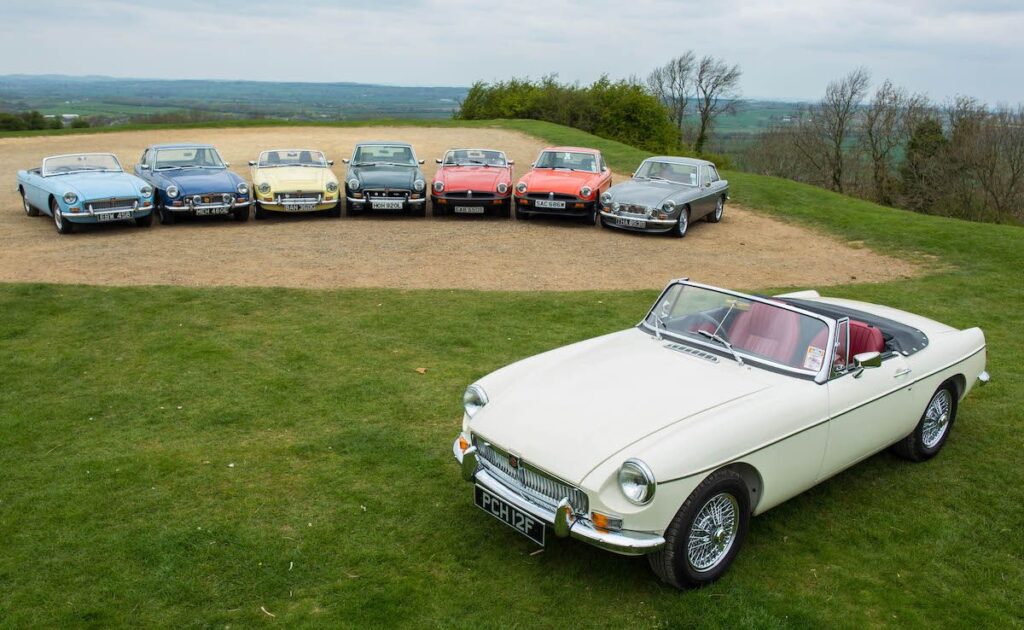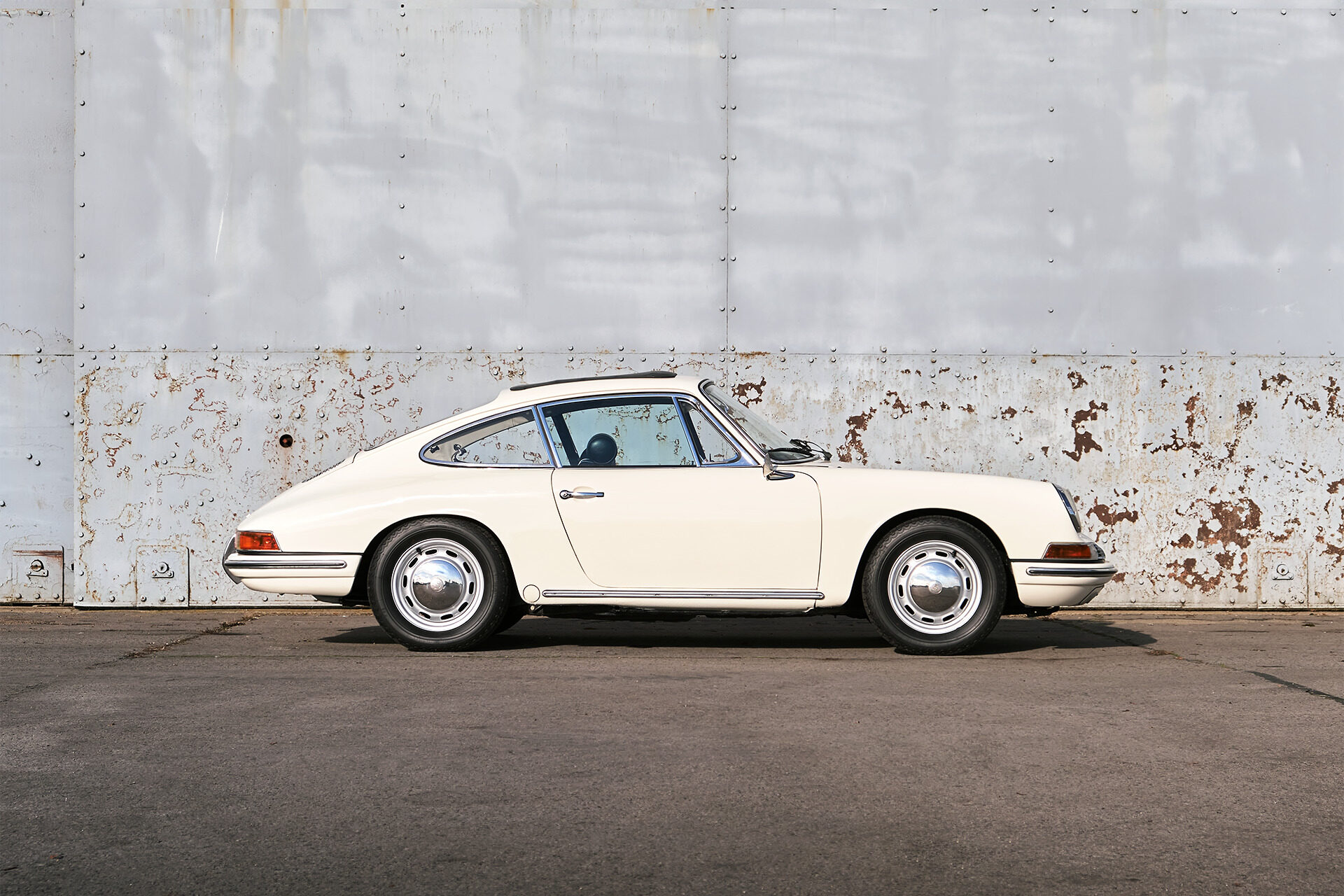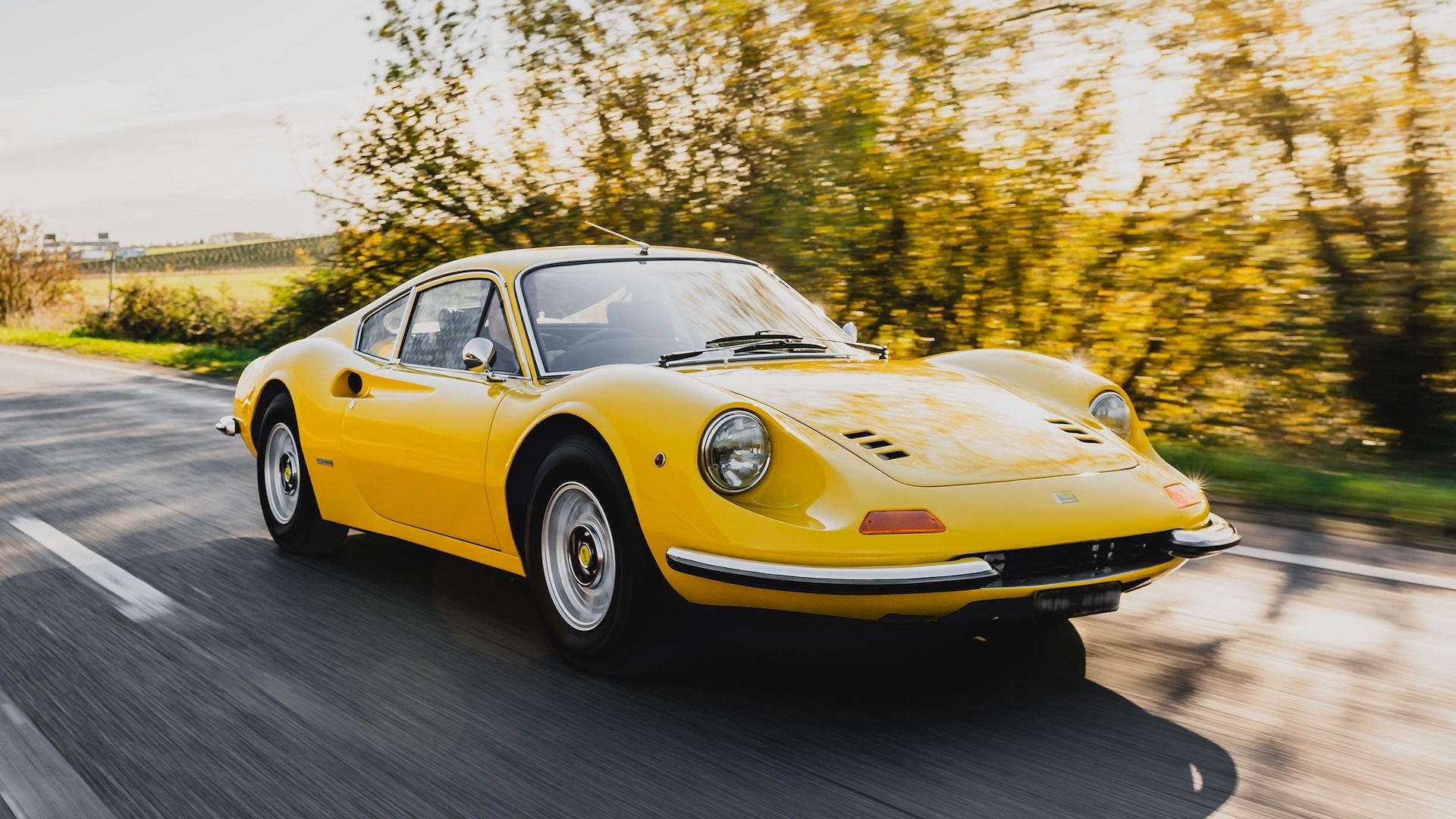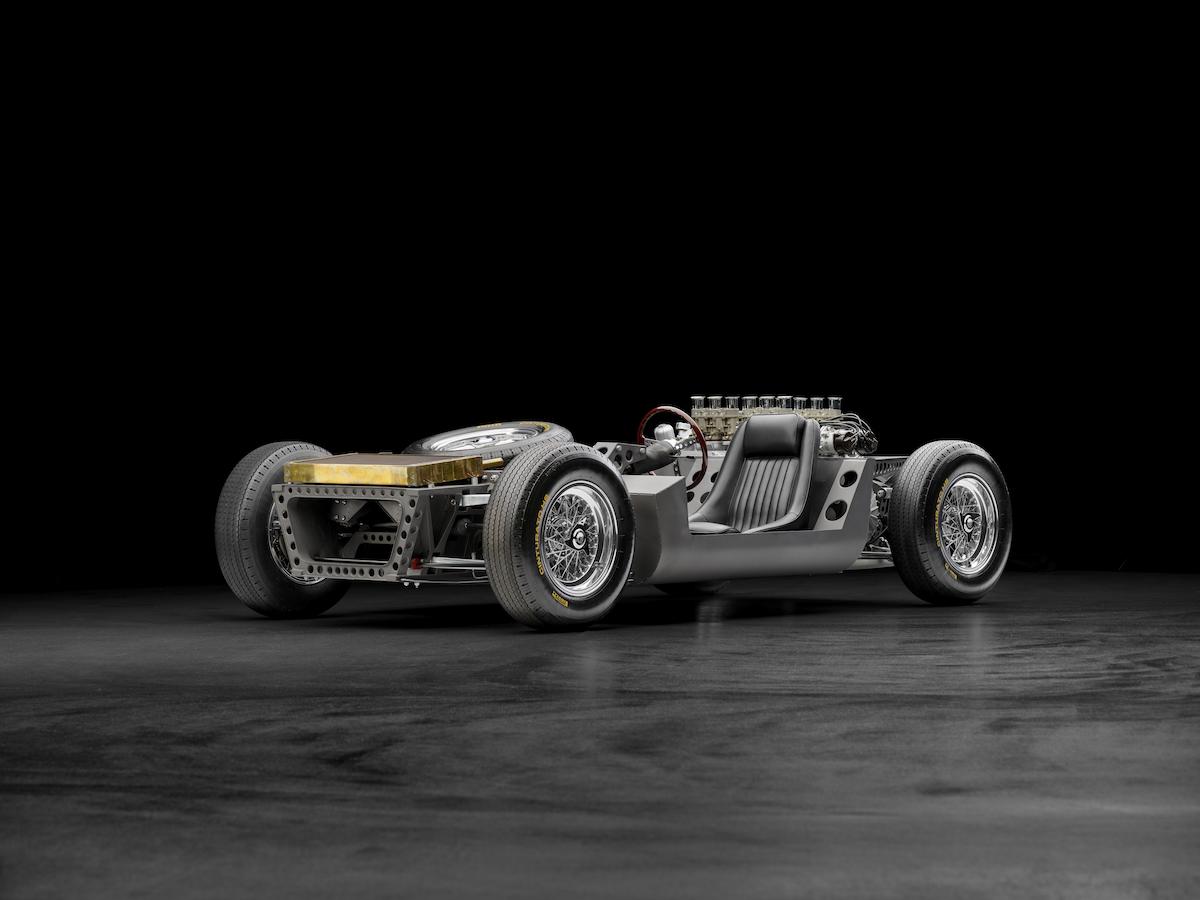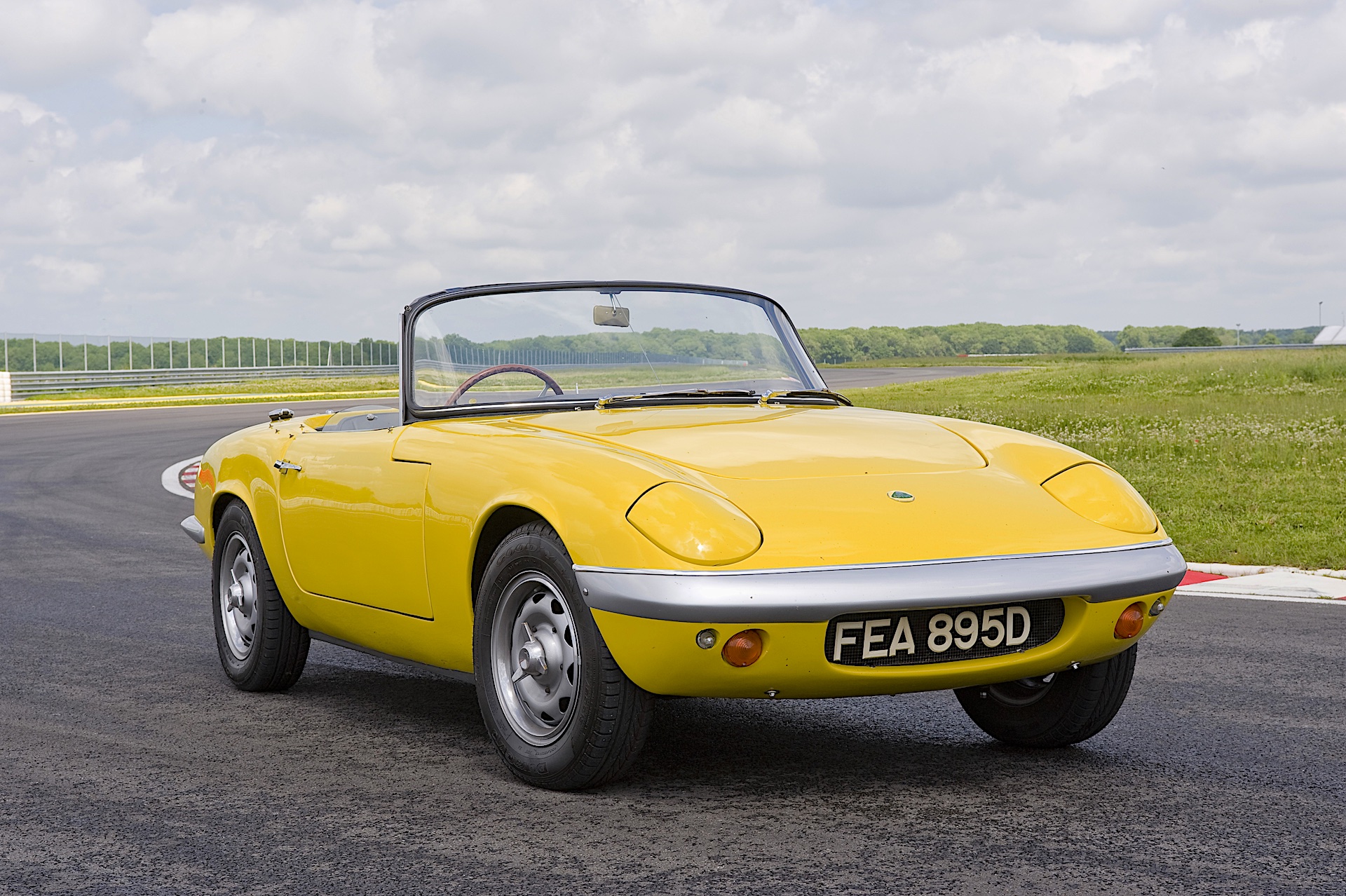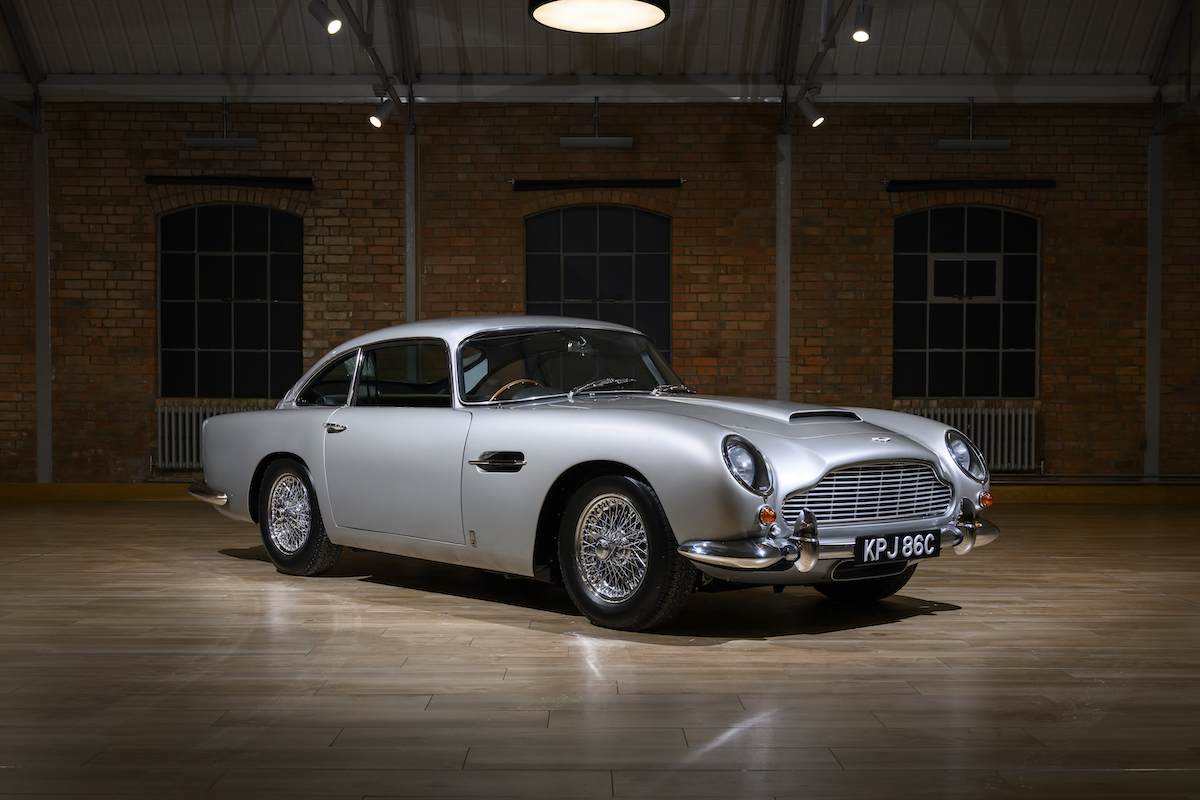Over half a million MGBs were built across its 18-year production run (Image: Wise Old Fox Ltd)
During its 18 years on sale in global markets, the MG MGB achieved record sales and retained its spot as the world’s best-selling sports car until eventually surpassed by Mazda’s brilliant MX-5.
While the MX-5 is today well into its fourth-generation with an astonishing 1.2-milion plus units sold, for its era the MGB was an incredibly popular niche model, notching up approximately 512,000 sales of the most popular four-cylinder versions between 1962 and 1980 when production ended.
MG’s engineers jumped a generation when moving from MGA to MGB, replacing the old body-on-frame structure with a more rigid monocoque construction. Other aspects of the design remained similar, including the three-bearing engine which in 1.8-litre MGB form with twin 1.5-inch SU carburettors developed 70kW – a 20.2 percent increase on the 1622cc MGA Mark II.
Later US specification cars, built after 1974 to meet new emission standards, had their power reduced to just 47kW when the compression ratio was reduced and the engine equipped with a single carburettor.
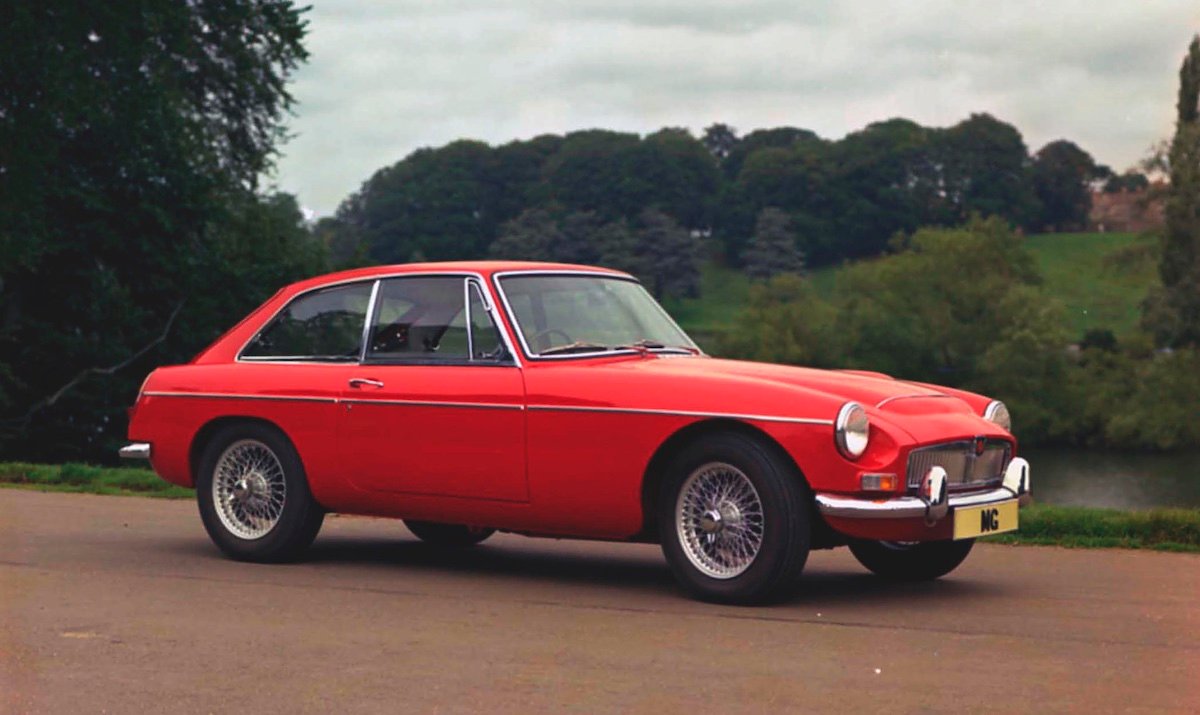
The hardtop MGB GT was introduced in 1965, and although it remained a two-seater, the hatchback design provided more room for luggage (Image: Veloce Publishing)
Top speed for the 945kg roadster with the 70kW engine but without overdrive was a neat 170km/h, and on a good day a MGB could crack the standing 400 metres in 18 seconds.
Change came slowly for the MGB but from late 1964 the little roadster came with the added smoothness and durability of a five-bearing crankshaft.
A year later there was a GT version with hatchback access to the luggage compartment. Unlike Jaguar’s 2+2 coupe, there was no rear seat but at least a decent amount of luggage could be carried and kept safe.
BMC Australia imported MGBs from 1964 and between 1967-72 built them at its factory in Liverpool, NSW. Up until 1968 Australian assembled MGBs had synchromesh only on the top three gears, so drivers became adept at double declutching into first.

MGBs were imported into Australia from 1964, and were locally assembled from 1967-72 (Image: Silverstone Auctions)
Locally, there was no GT but aftermarket suppliers like J & S Fibreglass did well with their retrofit hardtops and full ‘fastback’ conversions.
The Mark 2 MGB arrived in 1969, the same year a man named Armstrong walked upon the moon, bringing good news for lazy drivers in the form of a three-speed automatic transmission. Mark 2s also offered optional overdrive, better seats, an alternator in place of the DC dynamo generator, and more effective heater-demister.
Despite the Mark 2 boasting a redesigned soft-top, history has shown that both it and its predecessor are most definitely not weatherproof. As a result, intending buyers need to check the cabin floors, the boot and sills for active rust or shoddy repairs.
Local assembly ended in 1972 after around 9200 Aussie MGB’s had been made, but British production continued for the US market.
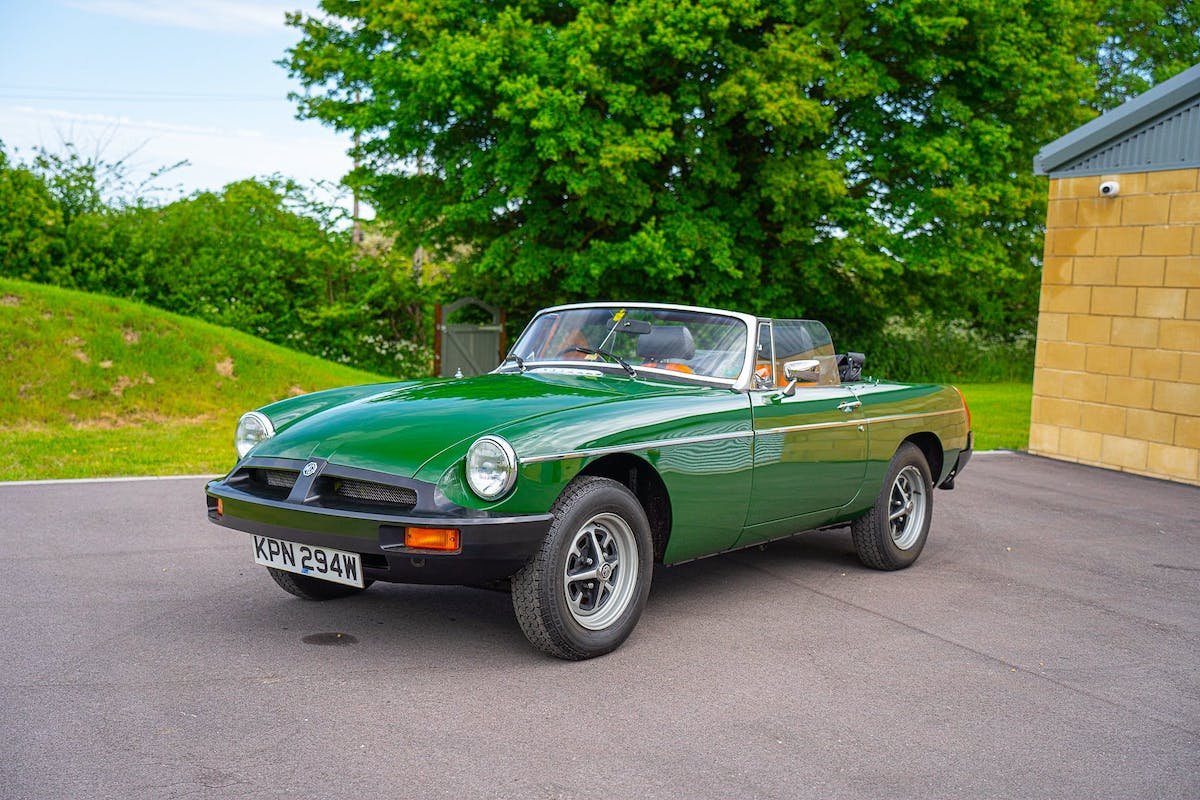
Later MGB models featured energy-absorbing bumpers to comply with US safety regulations (Image: Car & Classic)
These cars needed to comply with various aspects of US emissions and safety regulation, impacting their appearance, performance and long-term value.
In addition to reduced power as mentioned earlier, US-specification cars had their ride height increased to comply with new laws governing bumper height. They were also required to fit energy absorbent ‘Federal’ bumpers made of rubber which allegedly stopped damage occurring in collisions at less than 8km/h, but to many eyes only served to ruin the MGB’s lovely proportions.
Chrome bumper cars also took time to appreciate, with Roadster values during the early 21st Century almost static. Price gains seemed only to occur once COVID-19 encouraged reluctant buyers to spend their hard-earned on something fun and mechanically basic, which could trace its lineage back to MG’s glory days.
MGBs remain available in prodigious numbers, with Club and spare parts support that is unmatched throughout the Classic movement.
Plentiful supply over many years has kept a lid on values and while owners aren’t deriving financial benefits from ownership; they do enjoy a likeable and very recognisable sports car.

MGBs remain available in prodigious numbers, but this plentiful supply has kept a lid on values (Image: Robin Vet/Unsplash)
Things To Watch Out for When Buying a Used MG MGB (1962-80)
-
Body rust even in cars that have been previously restored
-
Split and rubbed hood material
-
Engine overheating – which could be due to anything from a blocked radiator, to a worn-out water pump, incorrect timing, or a dodgy head gasket
-
Rust in battery boxes due to acid leaks
-
Worn splines on hubs of wire spoke wheels
-
Excessive steering play due to worn components
Valuation Timeline: MG MGB (1962-80)
-
1985$7,475
-
1995$18,500+147.49%
-
2005$16,500-10.81%
-
2010$16,500
-
2014$16,500
-
2019$24,500+48.48%
-
2024$29,500+20.41%1964-73 Roadster

